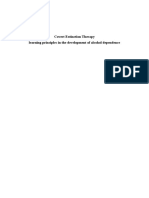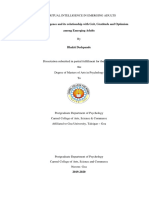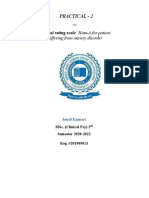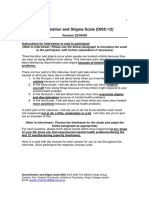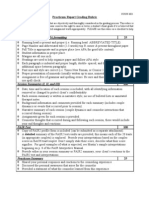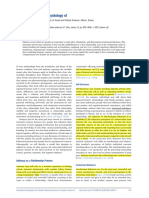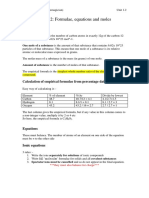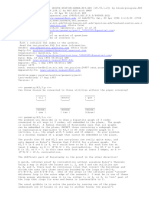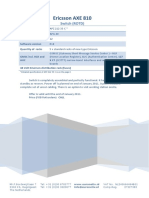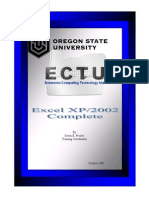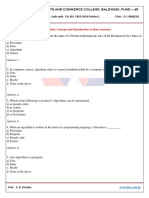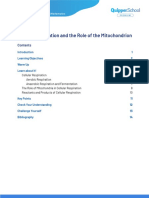0% found this document useful (0 votes)
187 views14 pagesMethodology of Meitei Student Study
The chapter outlines the methodology used in the study. It describes the survey approach and descriptive research method adopted. The population includes Meitei students from 27 affiliated government colleges in Manipur. Due to thin enrollment, 534 Meitei students from 22 colleges were selected as the sample using incidental sampling. Two standardized questionnaires were used as tools - the Type A/B Behavioral Pattern Scale to measure personality types and the Maudsley Personality Inventory to measure neuroticism and extraversion. The procedure, tools, data analysis and references are also described.
Uploaded by
Archu ShekhawatCopyright
© © All Rights Reserved
We take content rights seriously. If you suspect this is your content, claim it here.
Available Formats
Download as PDF, TXT or read online on Scribd
0% found this document useful (0 votes)
187 views14 pagesMethodology of Meitei Student Study
The chapter outlines the methodology used in the study. It describes the survey approach and descriptive research method adopted. The population includes Meitei students from 27 affiliated government colleges in Manipur. Due to thin enrollment, 534 Meitei students from 22 colleges were selected as the sample using incidental sampling. Two standardized questionnaires were used as tools - the Type A/B Behavioral Pattern Scale to measure personality types and the Maudsley Personality Inventory to measure neuroticism and extraversion. The procedure, tools, data analysis and references are also described.
Uploaded by
Archu ShekhawatCopyright
© © All Rights Reserved
We take content rights seriously. If you suspect this is your content, claim it here.
Available Formats
Download as PDF, TXT or read online on Scribd
/ 14




























